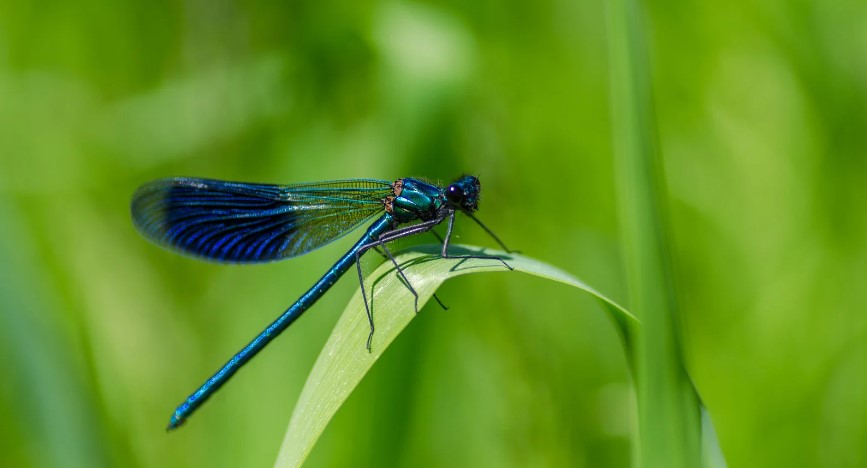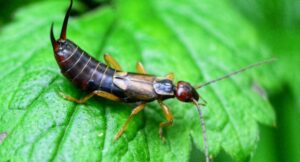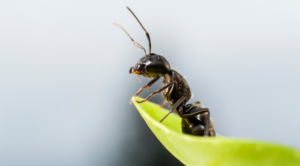Damselflies are beautiful insects that are frequently confused with their relatives, dragonflies. Despite their numerous similarities, damselflies can be distinguished by their unique traits and habits. One subject that comes up frequently is whether or not damselflies are beneficial for controlling pests. Let’s take a look at this blog and find out the answer to the question “Are damselflies helpful or harmful?” which many people ask.
Are Damselflies Helpful or Harmful?
Before we get into their possible impact on pest control, let’s learn more about these intriguing insects. Damselflies and their close relatives, dragonflies, are members of the order Odonata. Their huge compound eyes, long wings held vertically when at rest, and slender bodies define them.
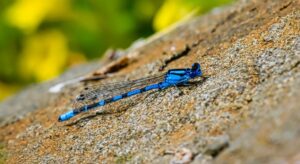
When in their nymph stage, damselflies usually live in regions close to water sources, like ponds, streams, and marshes. As adults, they typically hang out in these areas, but they might also go hunting and mating in gardens and other terrestrial habitats.
The Good Side of Damselfly
Damselflies are also an ecologically helpful species; let’s take a quick look at their good side.
- Natural Predators: Damselflies are voracious predators during both their nymph and adult stages. As nymphs, they prey on mosquito larvae, small aquatic insects, and other pests that breed in water bodies. Adult damselflies primarily feed on flying insects such as mosquitoes, flies, and gnats, helping to control their populations.
- Ecological Balance: By preying on pest insects, damselflies contribute to maintaining a balance within ecosystems. Their presence can help prevent outbreaks of certain pest species, thus reducing the need for chemical pesticides.
- Indicator Species: The abundance and diversity of damselflies in an area can serve as indicators of ecosystem health. Healthy populations of damselflies suggest a well-functioning ecosystem with clean water and abundant prey resources.
The Bad Side of Damselfly
While damselflies are generally considered beneficial creatures due to their role in controlling insect populations, particularly pests like mosquitoes, there are a few potential negative effects associated with them:
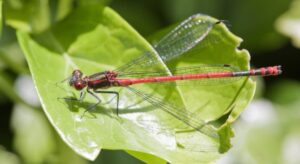
- Predation on Beneficial Insects: While damselflies primarily prey on pest insects, they may occasionally consume beneficial insects as well. This could include pollinators such as bees or other harmless insects that contribute positively to ecosystems.
- Disruption of Aquatic Ecosystems: Damselfly nymphs are aquatic and feed on small aquatic organisms.
- Nuisance Behaviour: While not directly harmful, large swarms of damselflies can sometimes be considered a nuisance, particularly if they gather around lights at night or enter buildings in search of prey.
Conclusion
So, are damselflies helpful or harmful? The answer seems clear: they are overwhelmingly beneficial! These elegant insects serve as natural pest controllers, keeping populations of mosquitoes and other flying pests in check while contributing to the overall health of ecosystems.
For those concerned about nuisance behaviour, simple strategies such as installing outdoor lighting that minimizes attraction to insects or sealing entry points in buildings can help to non-attract these insects. If you need help with the damselflies, contact a pest control service like Empire Pest Control. We have our best persons to control the pest problem.


